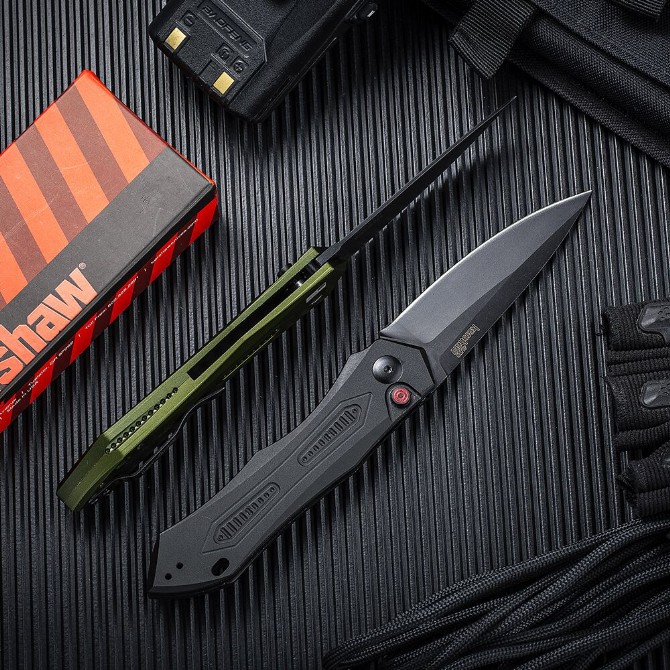How to choose a good knife
2024-04-20
How to choose a hunting knife
When deciding on the knife size you want to choose, you need to consider how often you hunt, if you only hunt occasionally, for a variety of everyday purposes, you may need a pocketknife, if you are a hunter and decide to use a hunting knife purely for hunting, a fixed handle and full keel knife is the best choice.
The type of hunting knife you choose depends on the type of prey you hunt and how often you hunt, but a good quality hunting knife is adequate for any task a hunter needs to accomplish, such as skaying, cutting up the limbs of prey and stripping the flesh. When choosing a hunting knife, it is important to consider how you will use it and the task you will accomplish. Obviously, hunting large animals and hunting rabbits require the use of different knives, the idea that the knife is always bigger and better is wrong, an oversized knife is difficult to engage in smaller operations, and will increase the chance of cutting yourself.
Next, you need to decide whether to carry the knife in a scabbard or in your pocket. Keeping a straight knife with a fixed handle in your pocket is never a good idea, unless you want to cut your own leg. At the same time, it is not unusual to say that budget is also an important factor to consider. Hunting knives vary in price, and you want to get the best hunting knife for the money you have. Fortunately, no matter what kind of knife you choose, it can handle the most basic job in hunting.
The first problem encountered was the choice between a jackknife and a fixed handle knife. Fixed handle knife blade has a fixed position, because there is no part to move, generally considered to be strong and durable, on the other hand, because the knife body exposed, had to be carried inside the knife sheath. This results in a knife with a fixed handle being larger than a jackknife with the same size body.
The handle of the jackknife can be folded into the handle, and some of them have fixed devices to prevent accidental closure when using, because it can be folded more convenient to carry, this design is also the fatal injury of the jackknife, the hollow handle and folding shaft are weak points, and the jackknife is not as strong and sturdy as the fixed handle.
Choosing between a fixed handle knife and a jackknife is a big practical problem. For a serious hunter, when he decides to choose a hunting knife, a fixed handle knife is the best choice. For an occasional hunter who prefers to carry a knife in his pocket for other purposes, a jackknife may be a better choice.
One advantage of choosing a folding knife is a variety of options for the shape of the knife, not all but many folding knives are multiple different shapes of the knife can be chosen, some people think this is an advantage, the actual situation is that if you choose the right knife you no longer need the other, there are also several fixed handle knives can be changed, even if you can only use one at a time, but you can take the alternative with you.
When deciding on the knife size you want to choose, you need to consider how often you hunt, if you only hunt occasionally, for a variety of everyday purposes, you may need a pocketknife, if you are a hunter and decide to use a hunting knife purely for hunting, a fixed handle and full keel knife is the best choice.
Choose the blade of your hunting knife
Hunting knives are ever-changing, randomly selected, when deciding whether to fix the handle knife or a folding knife, it is time to choose the knife body. There are several blade options, depending on personal preference and the object the hunting knife is used on, there are three common blade types; Exploitation tip, drop tip and peeling tip The exploitation tip has a straight blade and a relatively thin blade, making the knife itself ideal for some camp chores and specific hunting tasks, including skinning. If a hunter needs a versatile knife, consider it.
The drop pointed hunting knife is unusual, used to gut and skin prey rather than to cut through camp chores like ropes and twigs. The blade is thick and curved, and with the tip the whole blade can be used for peeling, not only to speed things up but also to reduce the risk of damaging the meat, which is less likely to stick into the meat when you peel it. The chunky design allows the hunter to perform other gutting tasks.
The skinning tip is designed to peel the fur of large animals, and the blade can be used to quickly and neatly peel the fur and meat from large jobs, although it is designed for specific operations, but it can also be used for many other hunting jobs.
Once you have decided which blade to choose, you need to consider whether your knife needs serrated, serrated can do some heavy work such as sawing through the ribs of large animals, usually the serrated occupies only a small part of the blade.

